Sound Frequencies and Their General Descriptions
Frequency (Hz) General Description Emoticon
63Hz Grounding and stability 🌳
174Hz Reducing pain and physical discomfort 🩹
285Hz Promoting inner strength and confidence 💪
396Hz Releasing fear and negativity 🧘♂️
417Hz Facilitating change and transformation 🌟
432Hz Promoting relaxation and well-being 😌
528Hz Encouraging healing and positive transformation 🌞
639Hz Enhancing communication and connection 🗣️
741Hz Self-expression and cleansing 🌊
852Hz Awakening intuition and insight 🌌
963Hz Spiritual connection and higher consciousness 🙏
1047Hz Enhancing mental clarity and focus 🧠
1155Hz Promoting creativity and inspiration 🎨
1264Hz Harmonising relationships and balance ⚖️
1379Hz Encouraging emotional release and healing 💧
1493Hz Supporting overall well-being and balance 🌈
1576Hz Facilitating deep relaxation and meditation 🧘♀️
1748Hz Enhancing intuition and spiritual growth 🌠
1879Hz Promoting inner peace and serenity ☮️
1989Hz Supporting personal growth and transformation 🌻
Alkaline & Balanced Foods
Lasentri: Alkaline, Hydrating, and Cleansing Foods
This post is a curated guide to optimizing your health through alkaline-producing foods, hydrating recipes, and balanced nutritional practices. Includes tables, recipes, and diabetic-friendly meal preparation strategies with high-frequency food insights.
📊 100 Foods That Promote Alkalinity, Hydration, and Balance
| Food | Category | Description of Benefits | Molecular Profile | Frequency (MHz) | pH Balance |
|---|---|---|---|---|---|
| Cucumber | Vegetable | Hydrating and cooling | Vitamin K, Potassium | 85 | 7.8 |
| Lemon | Fruit | Alkalizing citrus detoxifier | Vitamin C, Citric Acid | 91 | 9.0 |
| Spinach | Leafy Green | Rich in chlorophyll and iron | Iron, Folate, Vitamin K | 90 | 8.3 |
| Kale | Leafy Green | High in antioxidants | Vitamin C, Lutein | 88 | 8.2 |
| Avocado | Fruit | Balances blood sugar, healthy fat | Oleic Acid, Potassium | 85 | 7.5 |
| Broccoli | Cruciferous | Detoxifying, fiber-rich | Sulforaphane, Vitamin C | 84 | 8.0 |
| Celery | Vegetable | Diuretic, high water content | Phthalides, Potassium | 76 | 8.2 |
| Watermelon | Fruit | Kidney support, hydrating | Lycopene, Vitamin A | 72 | 8.0 |
| Almond | Nut | Protein and alkaline fat | Vitamin E, Magnesium | 78 | 8.0 |
| Seaweed | Sea Vegetable | Iodine-rich, supports thyroid | Iodine, Chlorophyll | 92 | 9.2 |
| Parsley | Herb | Liver cleanser, iron source | Vitamin C, Chlorophyll | 82 | 8.4 |
| Figs | Fruit | Alkalizing, rich in fiber | Calcium, Potassium | 74 | 8.1 |
| Beets | Root | Supports blood health | Folate, Nitrates | 75 | 7.9 |
| Chia Seeds | Seed | Hydrating, omega-3 source | ALA, Fiber | 70 | 7.6 |
| Basil | Herb | Anti-inflammatory | Eugenol, Vitamin K | 87 | 8.3 |
| Dates | Fruit | Mineral-rich natural sweetener | Magnesium, Iron | 73 | 7.7 |
| Quinoa | Seed/Grain | Complete protein | Iron, Lysine | 79 | 7.9 |
| Turmeric | Root | Anti-inflammatory, liver support | Curcumin, Manganese | 79 | 8.2 |
| Brussels Sprouts | Cruciferous | Rich in glucosinolates | Vitamin C, Fiber | 82 | 8.0 |
| Carrot | Root | Rich in beta-carotene | Vitamin A, Lutein | 77 | 7.5 |
| Zucchini | Vegetable | Easy to digest, hydrating | Vitamin B6, Manganese | 76 | 8.1 |
| Arugula | Leafy Green | Detox support, mineral-rich | Vitamin K, Calcium | 83 | 8.4 |
| Pineapple | Fruit | Digestive enzyme bromelain | Vitamin C, Bromelain | 77 | 7.9 |
| Dandelion Greens | Leafy Green | Supports liver detox | Iron, Vitamin A | 78 | 8.6 |
| Papaya | Fruit | Digestive support, anti-inflammatory | Papain, Vitamin C | 79 | 8.5 |
| Asparagus | Vegetable | Detoxifies kidneys, anti-aging | Glutathione, Folate | 80 | 8.7 |
👨🍳 40 Chef-Curated Recipes for Hydration, Cleansing, and Balance
- Super Green Smoothie Bowl – Minimalist Baker
- Peanut Butter Banana Green Smoothie Bowl – Minimalist Baker
- Matcha Green Smoothie Bowl – Minimalist Baker
- Super Green Spirulina Smoothie – Minimalist Baker
- Mango Ginger Rice Bowl – Love and Lemons
- Superfood Smoothie – Love and Lemons
- Sweet Potato Quinoa Bowl – Love and Lemons
- Kale Salad with Avocado Tahini Dressing – Love and Lemons
- Cinnamon Quinoa Breakfast Bowl – Love and Lemons
- Pickled Chard Quinoa Bowl – Love and Lemons
- My Go-To Smoothie Bowl – Minimalist Baker
- Lemony Lentil Soup – The Full Helping
- Vegan Buddha Bowl – Simply Quinoa
- 5-Ingredient Green Smoothie – Minimalist Baker
- Alkalizing Vegan Bowl – Simply Quinoa
- Zesty Lemon Tahini Dressing – Simply Quinoa
- Vegan Kale Caesar Salad – Detoxinista
- Collard Greens Wraps – Simple Vegan Blog
- Sweet Potato Buddha Bowl – Oh She Glows
- Spring Detox Soup – Nutrition Stripped
- Curried Lentil Soup – Minimalist Baker
- Thai Basil Curry – Feasting at Home
- Wild Rice Salad – Love and Lemons
- Ginger Lime Detox Soup – Simply Quinoa
- Raw Zucchini Salad – The Full Helping
- Glowing Spiced Lentil Soup – Oh She Glows
🩺 Diabetic-Friendly Alkaline Foods & Recipes
These foods maintain stable blood sugar levels while supporting an alkaline environment in the body.
| Food | Glycemic Impact | Alkaline Benefit | Preparation Method |
|---|---|---|---|
| Spinach | Low | Rich in magnesium, supports pH regulation | Steamed or raw in salads |
| Quinoa | Moderate | Complete protein, alkaline after digestion | Boiled, combined with veggies |
| Chia Seeds | Very Low | Anti-inflammatory, promotes hydration | Soaked in almond milk overnight |
| Zucchini | Low | Mildly alkaline, easy to digest | Grilled or spiralized raw |
| Asparagus | Low | High in glutathione, supports detoxification | Lightly roasted with olive oil |
Infusion Oil Breakdown
Oil Infusion Guide: Best Carrier Oils for Herbal Infusions
Overview
Carrier oils extract and preserve herbal constituents. Selecting an oil with the right fatty acid composition, heat tolerance, and stability ensures quality and potency of your infusion.
Carrier Oils Comparison
| Oil | Major Fatty Acids | Smoke Point | Bond Breakdown Temp. |
|---|---|---|---|
|
Olive Oil more storage |
Oleic ~75%, Linoleic ~10%, Palmitic ~10% | 190 °C | 180 °C |
|
Coconut Oil more storage |
Lauric ~49%, Myristic ~18%, Caprylic ~9% | 177 °C | 170 °C |
|
Avocado Oil more storage |
Oleic ~70%, Linoleic ~10%, Palmitic ~10% | 271 °C | 260 °C |
|
Sunflower Oil more storage |
Linoleic ~60%, Oleic ~30%, Palmitic ~10% | 227 °C | 220 °C |
|
Grapeseed Oil more storage |
Linoleic ~70%, Oleic ~16%, Palmitic ~10% | 216 °C | 210 °C |
|
Sweet Almond Oil more storage |
Oleic ~65%, Linoleic ~25%, Palmitic ~6% | 216 °C | 210 °C |
|
Apricot Kernel Oil more storage |
Oleic ~70%, Linoleic ~20%, Palmitic ~6% | 216 °C | 205 °C |
|
Hemp Seed Oil more storage |
Linoleic ~55%, Alpha-Linolenic ~20%, Oleic ~15% | 165 °C | 160 °C |
|
Argan Oil more storage |
Oleic ~45%, Linoleic ~35%, Palmitic ~12% | 250 °C | 240 °C |
Breakdown Properties
Above the bond breakdown temperature, triglyceride ester bonds hydrolyze and oxidize, diminishing herbal extraction and causing off-flavors. To preserve active constituents, infuse oils at or below their breakdown thresholds (typically 10–20°C below the smoke point), using gentle heat (e.g., double boiler) or cold infusion methods.
Infusion Tips
- Cold Infusion: Steep herbs in oil at room temperature for 2–6 weeks, shaking daily.
- Warm Infusion: Gently heat oil and herbs at 50–60 °C for 2–3 hours in a double boiler.
- Storage: Store filtered infusions in amber bottles, in a cool, dark place for up to 6 months.
Midwest Herbs: Binders & Parasite-Killers
Herbal Binders & Parasite-Killers Directory
Herb Classification Table
| Herb | Parts Used | Purpose | Binder | Parasite-Killer |
|---|---|---|---|---|
| Slippery Elm | Bark | Soothes mucous and binds toxins | Yes | No |
| Marshmallow | Root | Demulcent and binder | Yes | No |
| Psyllium Husk | Seed Husk | Bulk-forming laxative | Yes | No |
| Plantain | Leaves | Wound healing and binder | Yes | No |
| Wormwood | Leaves & Flowers | Anti-parasitic | No | Yes |
| Black Walnut Hull | Rind | Parasite elimination | No | Yes |
| Cloves | Buds | Anti-parasitic and digestive aid | No | Yes |
| Garlic | Bulb | Immune support and parasite control | No | Yes |
| Papaya Seeds | Seeds | Digestive and antiparasitic | No | Yes |
| Oregano Oil | Leaf Oil | Broad-spectrum antimicrobial | No | Yes |
| Neem | Leaves & Bark | Antiparasitic and cleansing | No | Yes |
| Adam’s Needle | Various | General medicinal | No | No |
| Black-eyed Susan | Flowers | Immune support | No | No |
Usage Information
- Binder herbs absorb and remove toxins and excess fluids from the digestive tract.
- Parasite-killer herbs contain antiparasitic compounds effective against intestinal worms and protozoa.
- Always prepare as indicated on reliable sources and consult a professional for dosage.
Credits & References
- Duke, J.A. The Green Pharmacy: New Discoveries in Herbal Remedies for Common Diseases.
- Hoffmann, D. Medical Herbalism: The Science, Principles, and Practices of Herbal Medicine.
- Chevallier, A. Encyclopedia of Medicinal Plants.
- Blumenthal, M., et al. The Complete German Commission E Monographs.
- Barnes, J., Anderson, L.A., & Phillipson, J.D. Herbal Medicines.
- Williamson, E.M. Major Herbs of Ayurveda.
- Bone, K., & Mills, S. Principles and Practice of Phytotherapy: Modern Herbal Medicine.
- McKenna, D.J. et al. Therapeutic Applications of Medicinal Mushrooms.
- Bensky, D., & Gamble, A. Chinese Herbal Medicine: Materia Medica.
- Ziegler, P. Adaptogens in Medical Practice.
- World Health Organization. WHO Monographs on Selected Medicinal Plants.
- European Scientific Cooperative on Phytotherapy. ESCOP Monographs.
- Ekor, M. “The Growing Use of Herbal Medicines: Issues Relating to Adverse Reactions and Challenges in Monitoring Safety.” Frontiers in Pharmacology, 2014.
- Bent, S. “Herbal Medicine in the United States: Review of Efficacy, Safety, and Regulation.” BMC Complementary Medicine and Therapies, 2008.
- Dummer, P. Herbal Drug Interactions.
- Tierra, M. The Way of Herbs.
- Gladstar, R. Herbal Recipes for Vibrant Health.
- Bone, K. Clinical Applications of Ayurvedic and Chinese Herbs.
- Smith, M. Herbal Legacy: The Origins of Herb Use.
- Newall, C.A., Anderson, L.A., & Phillipson, J.D. Herbal Medicines: A Guide for Health-Care Professionals.
Natural Remedy: Hyper Energy & Focus Support Tea
Hyper Energy & Focus Support Tea

Contains ginsenosides for adaptogenic energy support.

Rich in caffeine and theobromine for stimulation and blood flow.

Contains xanthines for mild focus boost.

Polysaccharides enhance endurance and oxygen uptake.

Hericenones support neurogenesis and focus.
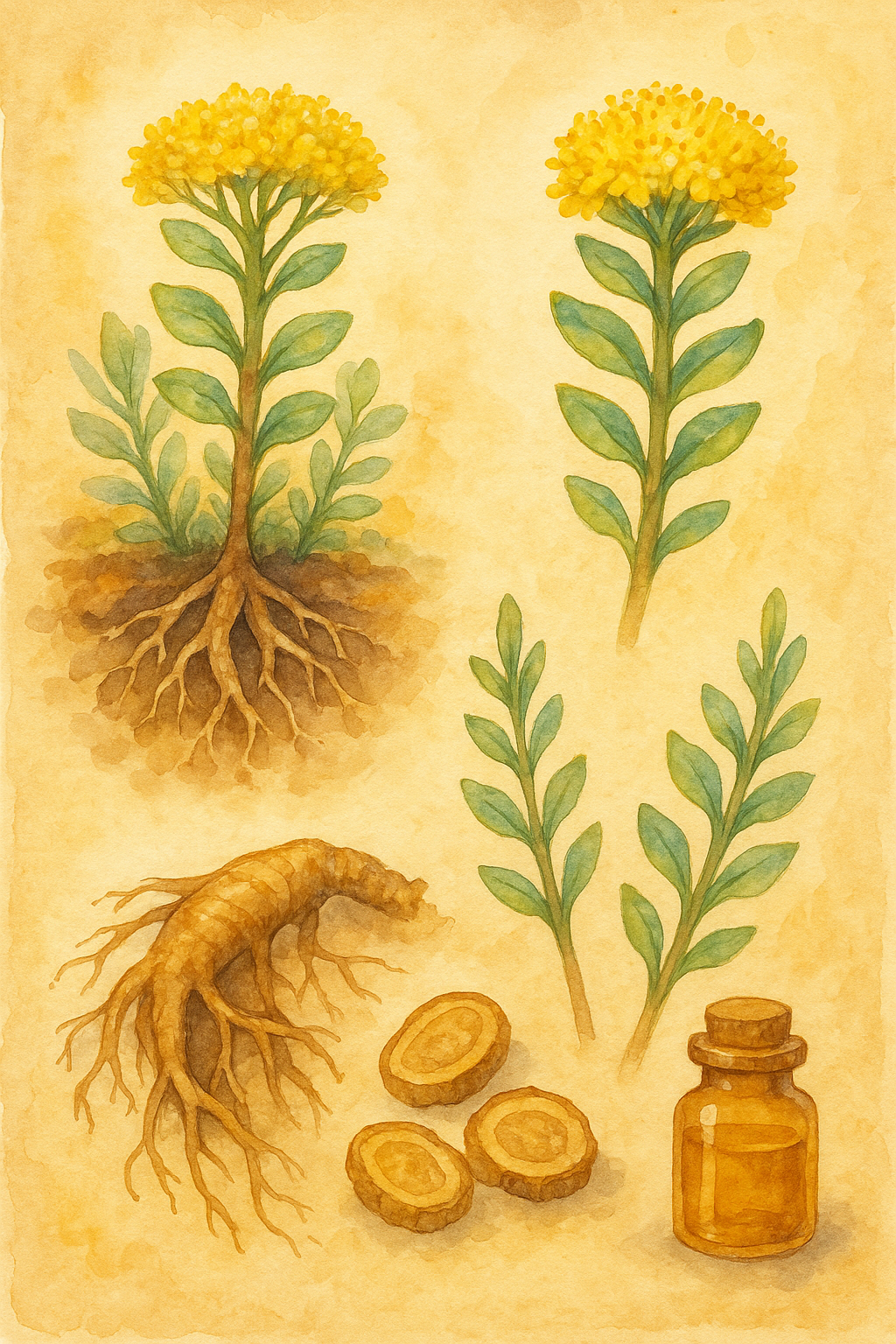
Rosavins and salidroside for stress modulation.

Caffeine & chlorogenic acids for stimulation.

Quick caffeine spike and oxygenation aid.
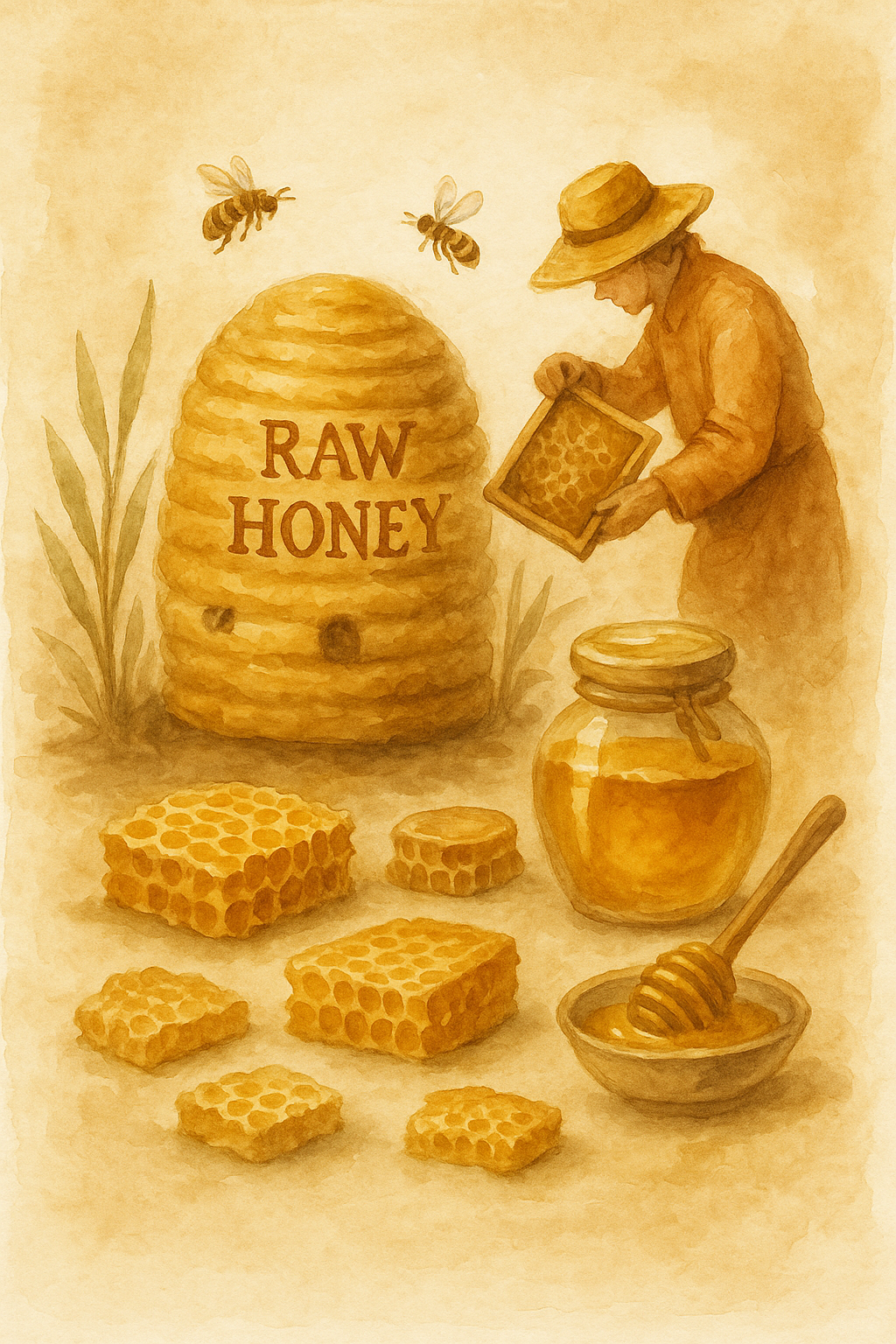
Fructose and glucose for sweetness and soothing.

MCTs for silky texture and healthy fats.

Vanillin for flavor enhancement.

Solvent base for infusion.
Ingredients & Frequency
| Ingredient | Amount | Frequency | MHz | Action | Form | Breakdown | Poisonous Parts |
|---|---|---|---|---|---|---|---|
| Panax Ginseng | 1 tsp | Daily | 410 | Adaptogen, Energizer | Dried Root | Ginsenosides | None |
| Guarana | ½ tsp | Daily | 420 | Stimulant, Blood flow boost | Powder | Caffeine, Theobromine | GI upset if overused |
| Yerba Mate | 1 tsp | Daily | 430 | Mild stimulant, Focus aid | Dried Leaf | Xanthines | None |
| Cordyceps sinensis | 1 tsp extract | Daily | 440 | Endurance, Oxygen uptake | Extract | Polysaccharides | None |
| Lion’s Mane | 1 tsp extract | Daily | 445 | Neurotrophic support | Extract | Hericenones | None |
| Rhodiola Rosea | 1 tsp extract | Daily | 450 | Stress modulation, Energy | Extract | Rosavins, Salidroside | None |
| Coffee Grounds | 1 tsp | Daily | 460 | Stimulant, Blood flow boost | Ground | Caffeine, Chlorogenic acids | None |
| Espresso Shot | 1 shot | Daily | 470 | Quick stimulant, Oxygenation aid | Brewed | Caffeine, Diterpenes | None |
| Honey | 2 tbsp | Daily | 480 | Sweetener, Soothing | Liquid | Fructose, Glucose | None |
| Coconut Milk | ¼ cup | Daily | 490 | Silky mouthfeel, Healthy fats | Liquid | Medium-chain triglycerides | None |
| Vanilla Extract | 1 tsp | Daily | 500 | Flavor enhancer | Liquid | Vanillin | None |
| Water | 1 cup | Daily | N/A | Solvent | Liquid | H2O | None |
Preparation
- Pre-Infusion of Adaptogens: Gently simmer Panax Ginseng and Rhodiola extracts in 1/2 cup water at 80°C for 10 minutes to fully extract ginsenosides and rosavins without degrading them.
- Mushroom Activation: Separately hydrate Cordyceps and Lion’s Mane extracts in 2 tbsp hot water (80°C) for 5 minutes to unlock polysaccharides and hericenones.
- Caffeine Bloom: Warm Coffee Grounds and Guarana powder with 1/4 cup water at 95°C, stir to bloom for 30 seconds—this enhances caffeine solubility and flavor complexity.
- Main Steep: Combine the adaptogen infusion, activated mushrooms, caffeine bloom, and Yerba Mate in a teapot. Pour 2 cups of water at 90°C over blend and steep covered for 8 minutes to balance extraction.
- Sweetener Emulsion: In a separate pan, warm Coconut Milk and Honey to 60°C while whisking—this emulsifies medium-chain triglycerides and sugars for a creamy mouthfeel.
- Final Assembly: Strain the main steep into the sweetened emulsion. Stir in Vanilla Extract and pour into cup. Add Espresso shot on top for an aromatic finish and immediate stimulant spike.
- Rest & Activate: Let it rest for 1–2 minutes to allow flavors to meld and temperature to drop to optimal drinking level (~70°C), maximizing compound bioavailability and sensory enjoyment.
Consumption
Drink 1 cup mid-morning. Avoid late afternoon to prevent sleep interference.
Nutritional Value (USDA)
| Ingredient | Calories/100g | Total Fat | Saturated Fat | Source |
|---|---|---|---|---|
| Coconut Milk | 230 kcal | 24g | 21g | USDA |
| Honey | 304 kcal | 0g | 0g | USDA |
Compatibility
- Ginseng + Rhodiola: Enhanced adaptogenic support
- Guarana + Yerba Mate: Synergistic stimulant boost
- Coffee + Cordyceps: Rapid energy + oxygenation
- Cordyceps + Lion’s Mane: Endurance + cognitive support
Toxicity
Oral use only; high caffeine and sugar content can cause jitteriness or sugar spike if overconsumed. Consult a physician if needed.
When to Use
- Mid-morning for sustained energy
- Before physical or mental exertion
- Avoid after 3pm to prevent sleep disruption
Dosage
| Weight | Amount |
|---|---|
| <100 lbs | ¾ cup |
| 100–150 lbs | 1 cup |
| >150 lbs | 1¼ cups |
Intense Sharp Pains In Neck
Memory & Cognitive Support Tea
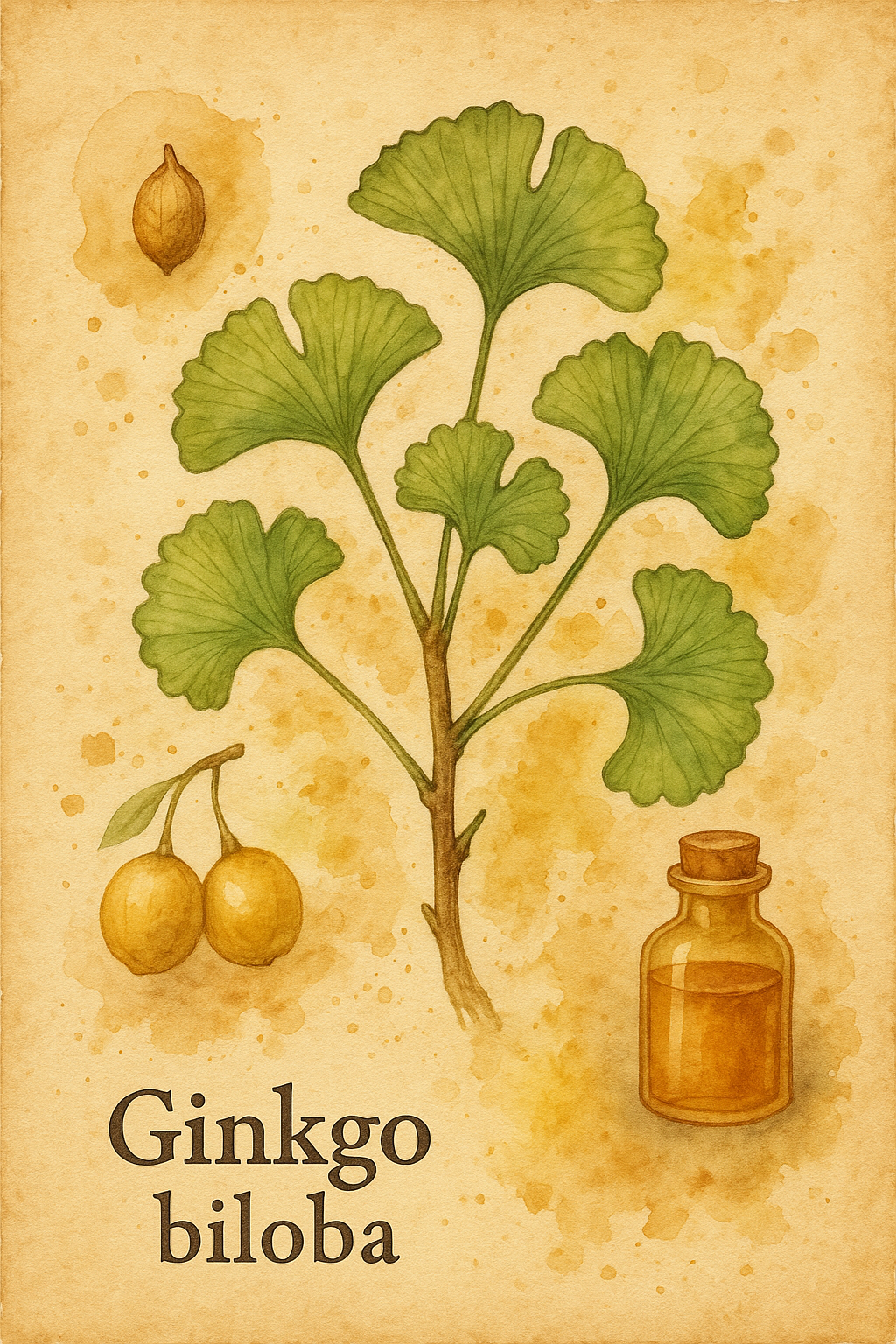
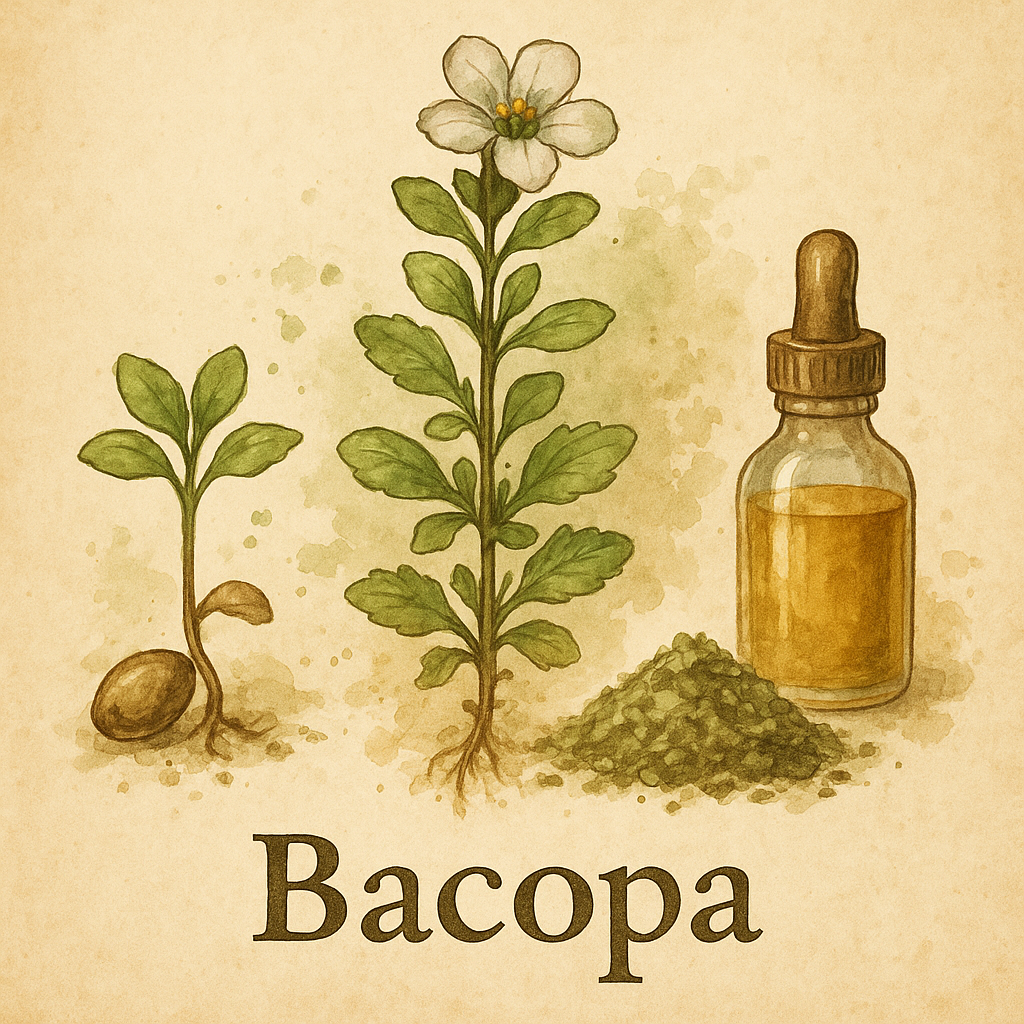
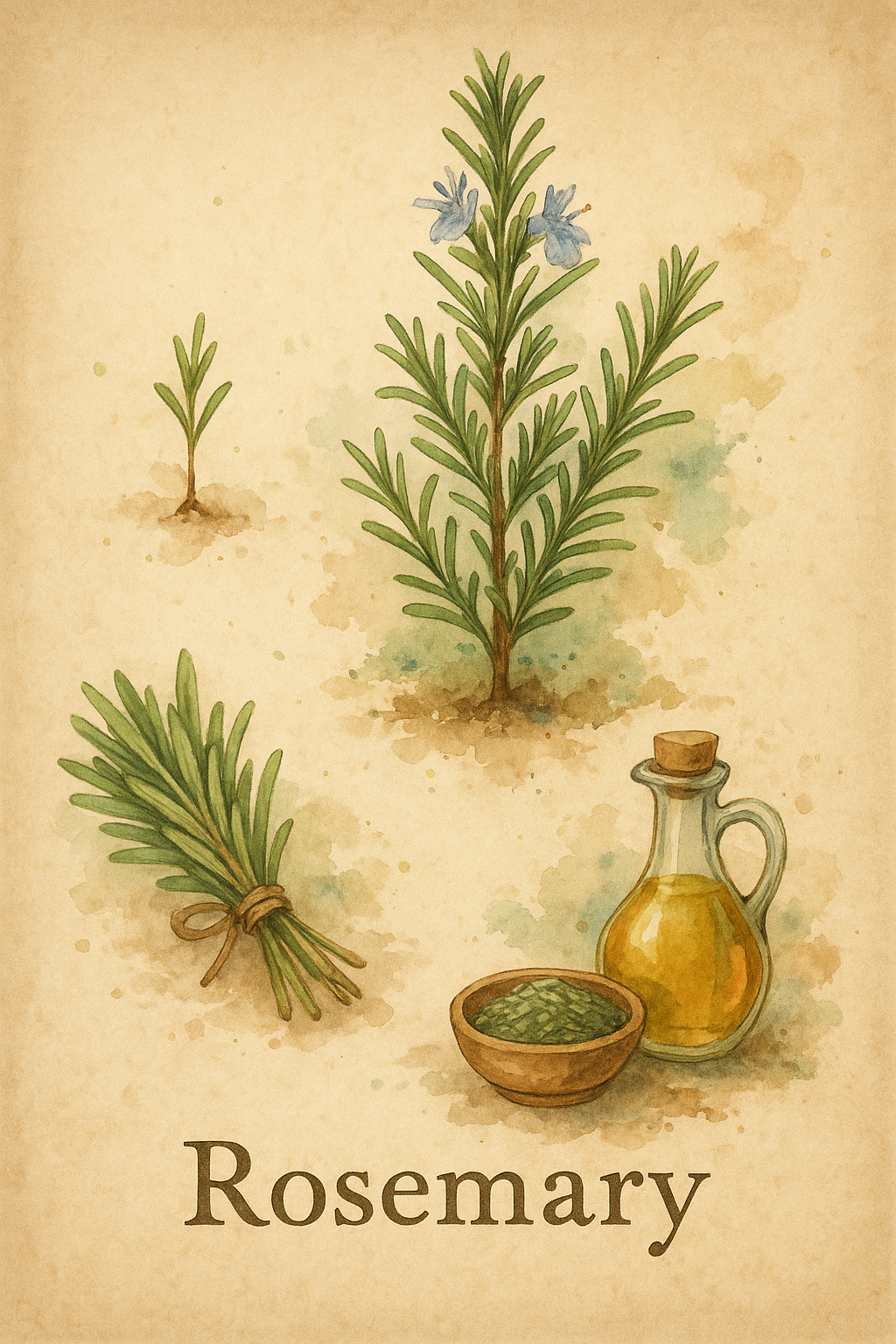





Ingredients & Frequency
| Ingredient | Amount | Frequency | MHz | Action | Form | Binder | Breakdown | Use | Poisonous Parts |
|---|---|---|---|---|---|---|---|---|---|
| Ginkgo Biloba | 1 tsp | Daily | 410 | Memory enh. | Leaf | No | Flavonoids, terpenoids | Leaf infusion | Seeds |
| Bacopa Monnieri | 1 tsp | Daily | 420 | Cognitive sup. | Leaf | No | Bacosides A & B | Leaf infusion | None |
| Rosemary | 1 sprig | Daily | 430 | Focus aid | Fresh | No | Carnosic acid, rosmarinic acid | Sprig infusion | None |
| Lemon Balm | 1 tsp | Daily | 450 | Calming | Leaf | No | Rosmarinic acid, terpenes | Leaf infusion | None |
| Ashwagandha | ½ tsp | Daily | 440 | Adaptogen | Root | No | Withanolides | Root infusion | Berries |
| Lion’s Mane Mushroom | 1 tsp extract | Daily | 445 | Neurogenesis | Extract | No | Hericenones, erinacines | Extract brew | None |
| Flying Saucer Mushrooms | 1 tsp dried | Daily | 455 | Immune support | Dried | No | Polysaccharides | Dried infusion | None |
| Blue Bells | 1 tsp dried | Daily | 460 | Calming, Antioxidant | Dried | No | Anthocyanins | Dried infusion | Bulbs |
| Water | 1 cup (240ml) | Daily | N/A | Solvent | Liquid | No | H2O | Base solvent | None |
Preparation
Bring water to a boil, add herbs and mushrooms, steep covered for 10 minutes, then strain into cup.
Consumption
Drink warm 1–2 times daily, preferably before mental tasks.
Nutritional Value (USDA)
| Ingredient | Calories/100g | Total Fat | Saturated Fat | Source |
|---|---|---|---|---|
| Water | 0 kcal | 0g | 0g | USDA |
Compatibility
- Ginkgo + Bacopa: Synergistic memory boost
- Rosemary + Lemon Balm: Focus + calm
- Ashwagandha + Lion’s Mane: Stress relief + neuro support
- Mushrooms blend: Immune + cognitive support
Toxicity
Oral use only; contraindicated for those on blood thinners or thyroid medication. Consult a physician if needed.
When to Use
- Before studying or work sessions
- During periods of mental fatigue
- When experiencing brain fog
Dosage
| Weight | Amount |
|---|---|
| <100 lbs | ½ cup |
| 100–150 lbs | ¾ cup |
| >150 lbs | 1 cup |
Memory Loss and Cognitive Decline
Memory & Cognitive Support Tea



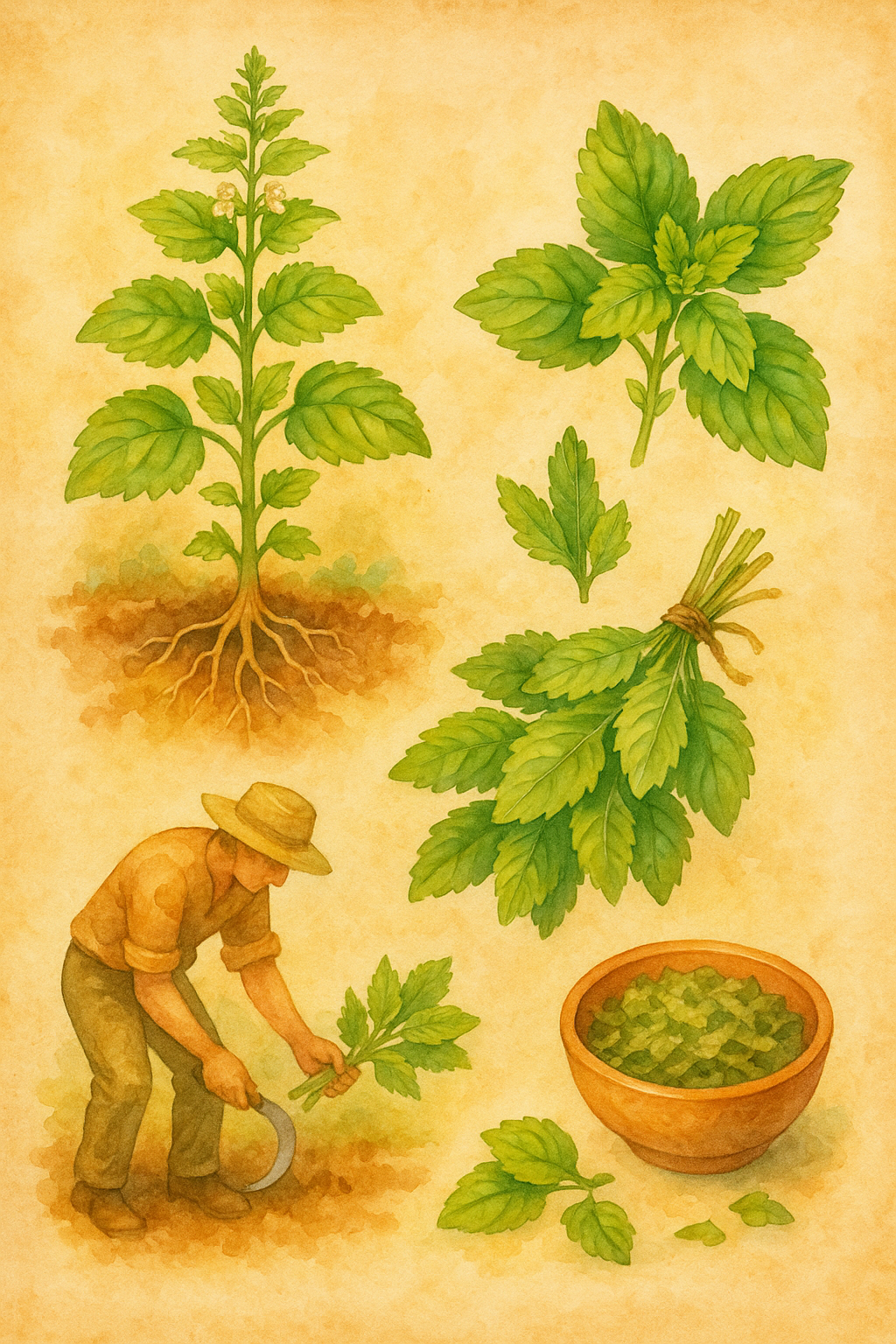
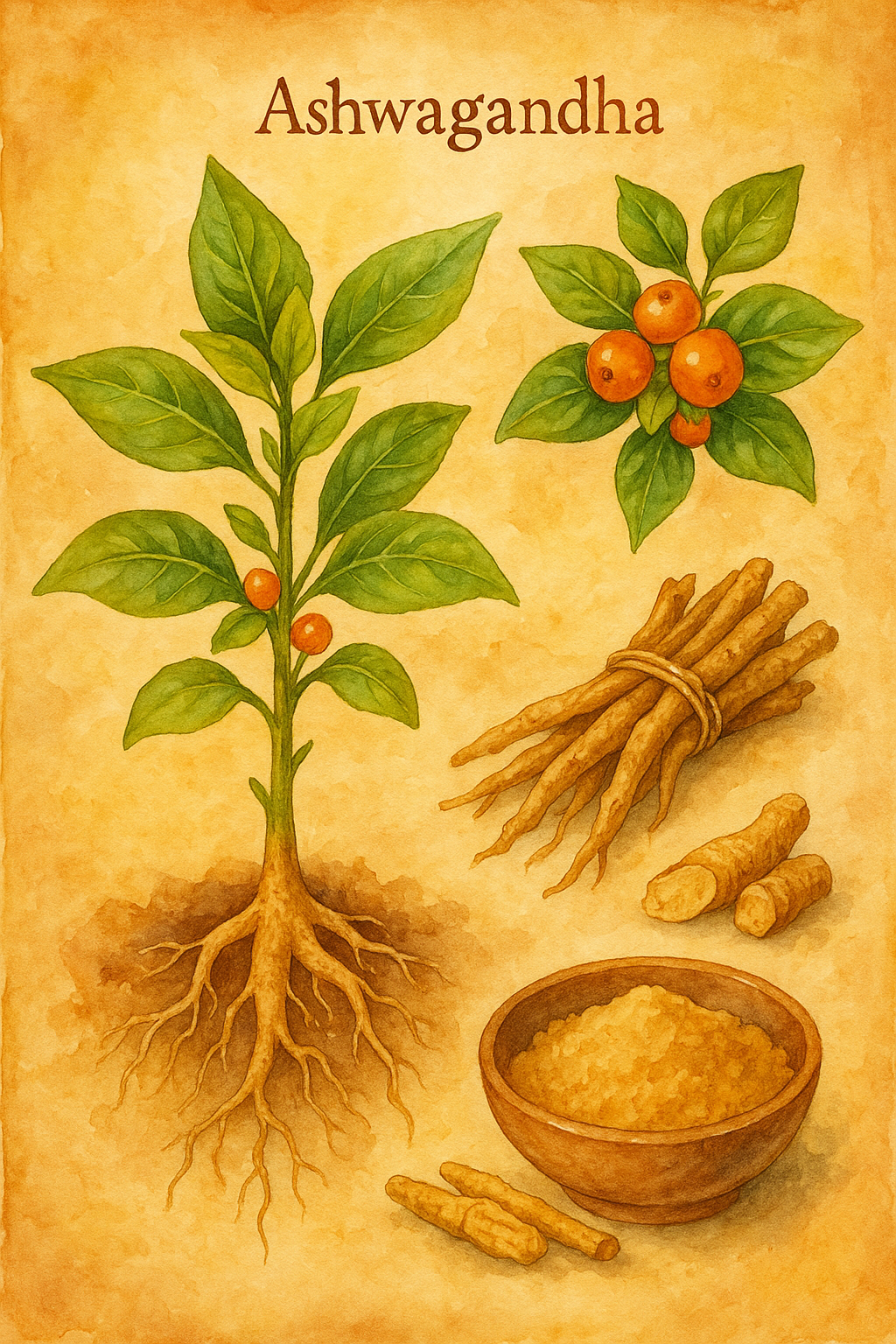



Ingredients & Frequency
| Ingredient | Amount | Frequency | MHz | Action | Form |
|---|---|---|---|---|---|
| 1 tsp | Daily | 410 | Memory enh. | Leaf | |
| 1 tsp | Daily | 420 | Cognitive sup. | Leaf | |
| 1 sprig | Daily | 430 | Focus aid | Fresh | |
| 1 tsp | Daily | 450 | Calming | Leaf | |
| ½ tsp | Daily | 440 | Adaptogen | Root | |
| 1 tsp extract | Daily | 445 | Neurogenesis | Extract | |
|
Flying Saucer MushroomsWBC: Immune modulator.
RBC: Oxygenation support. |
1 tsp dried | Daily | 455 | Immune support | Dried |
|
Blue BellsWBC: Anti-inflammatory.
RBC: Vascular support. |
1 tsp dried | Daily | 460 | Calming, Antioxidant | Dried |
| Water | 1 cup (240ml) | Daily | N/A | Solvent | Liquid |
Preparation
Bring water to a boil, add herbs and mushrooms, steep covered for 10 minutes, then strain into cup.
Consumption
Drink warm 1–2 times daily, preferably before mental tasks.
Nutritional Value (USDA)
| Ingredient | Calories/100g | Total Fat | Saturated Fat | Source |
|---|---|---|---|---|
| Water | 0 kcal | 0g | 0g | USDA |
Compatibility
- Ginkgo + Bacopa: Synergistic memory boost
- Rosemary + Lemon Balm: Focus + calm
- Ashwagandha + Lion’s Mane: Stress relief + neuro support
- Mushrooms blend: Immune + cognitive support
Toxicity
Oral use only; contraindicated for those on blood thinners or thyroid medication. Consult a physician if needed.
When to Use
- Before studying or work sessions
- During periods of mental fatigue
- When experiencing brain fog
Dosage
| Weight | Amount |
|---|---|
| <100 lbs | ½ cup |
| 100–150 lbs | ¾ cup |
| >150 lbs | 1 cup |
Inflammation of Joints (Fluid Build Up Relief)
Joint Inflammation Relief Balm
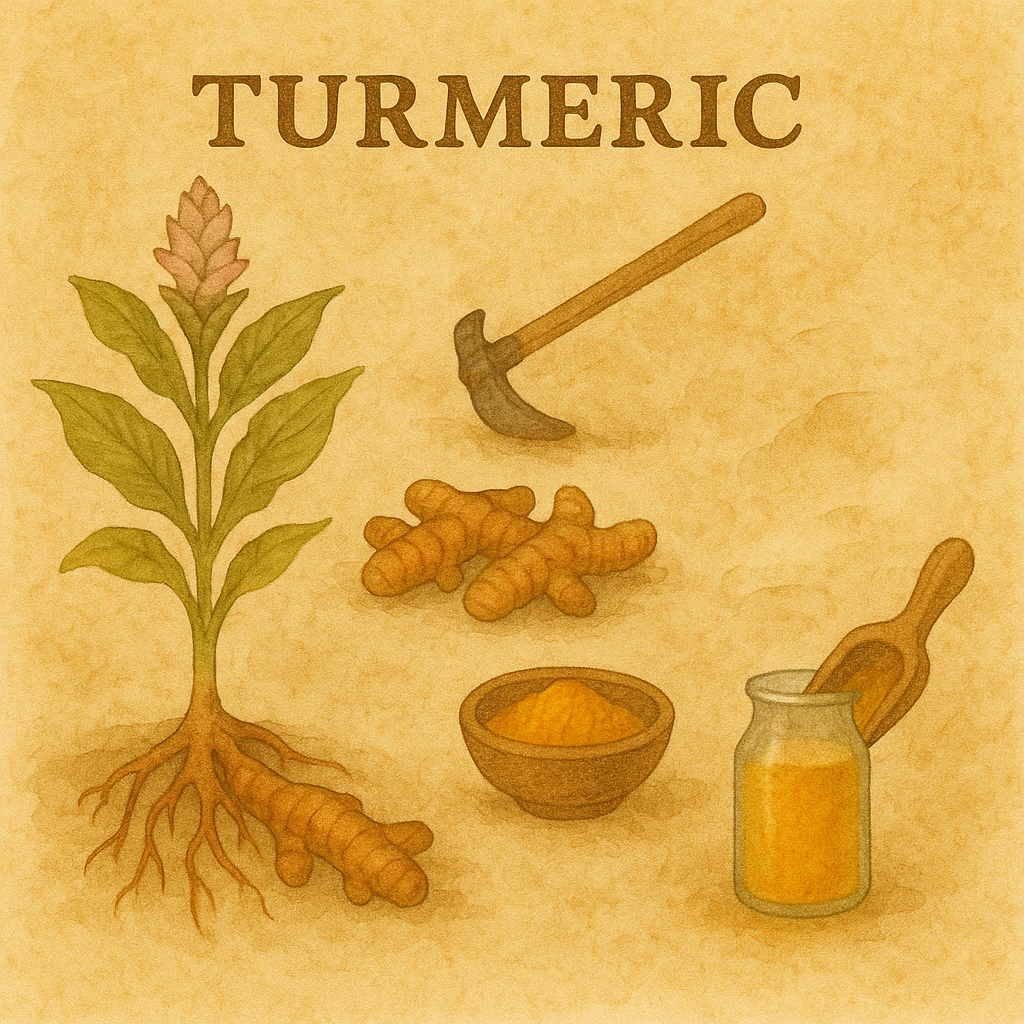
Anti-inflammatory compound
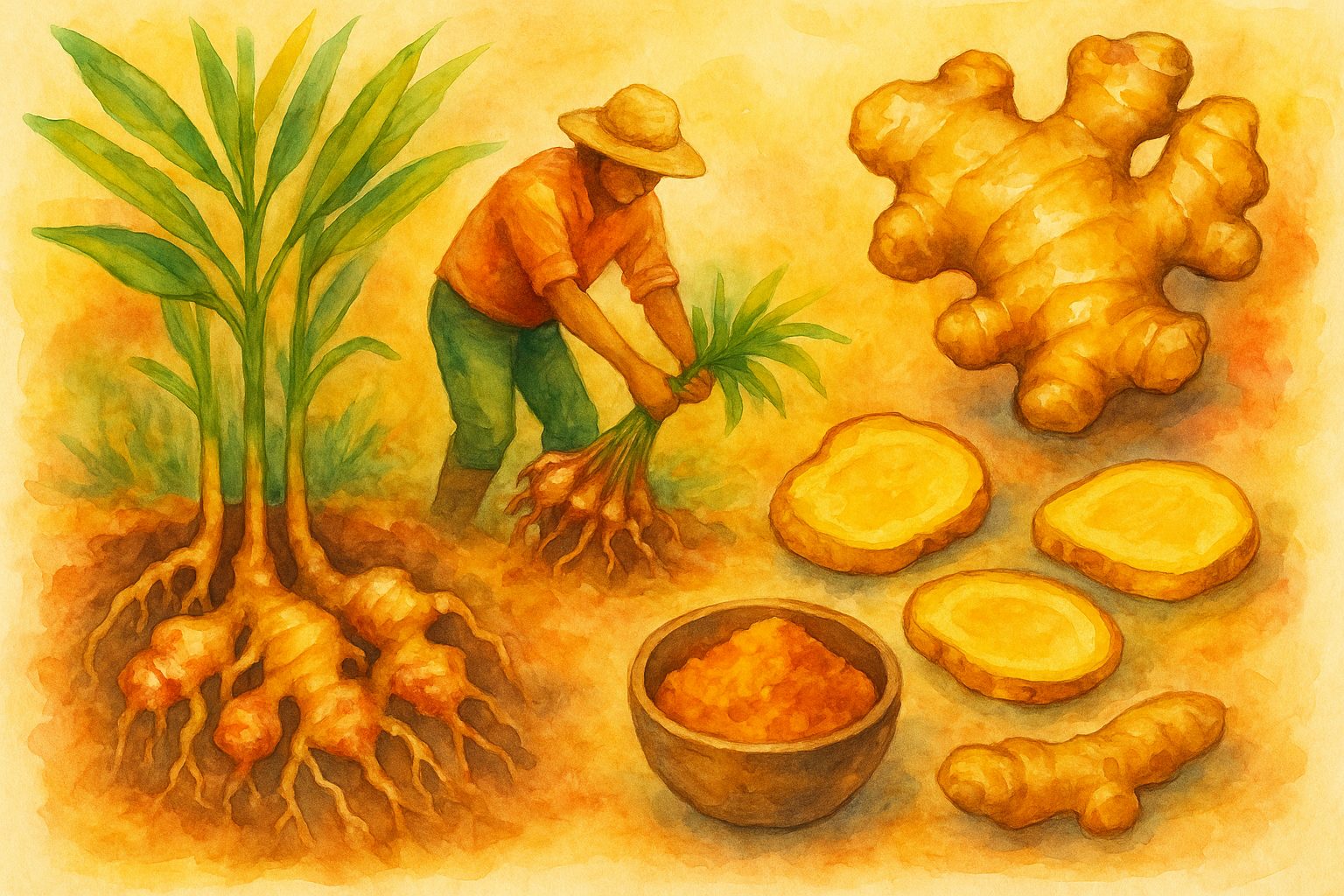
Reduces swelling
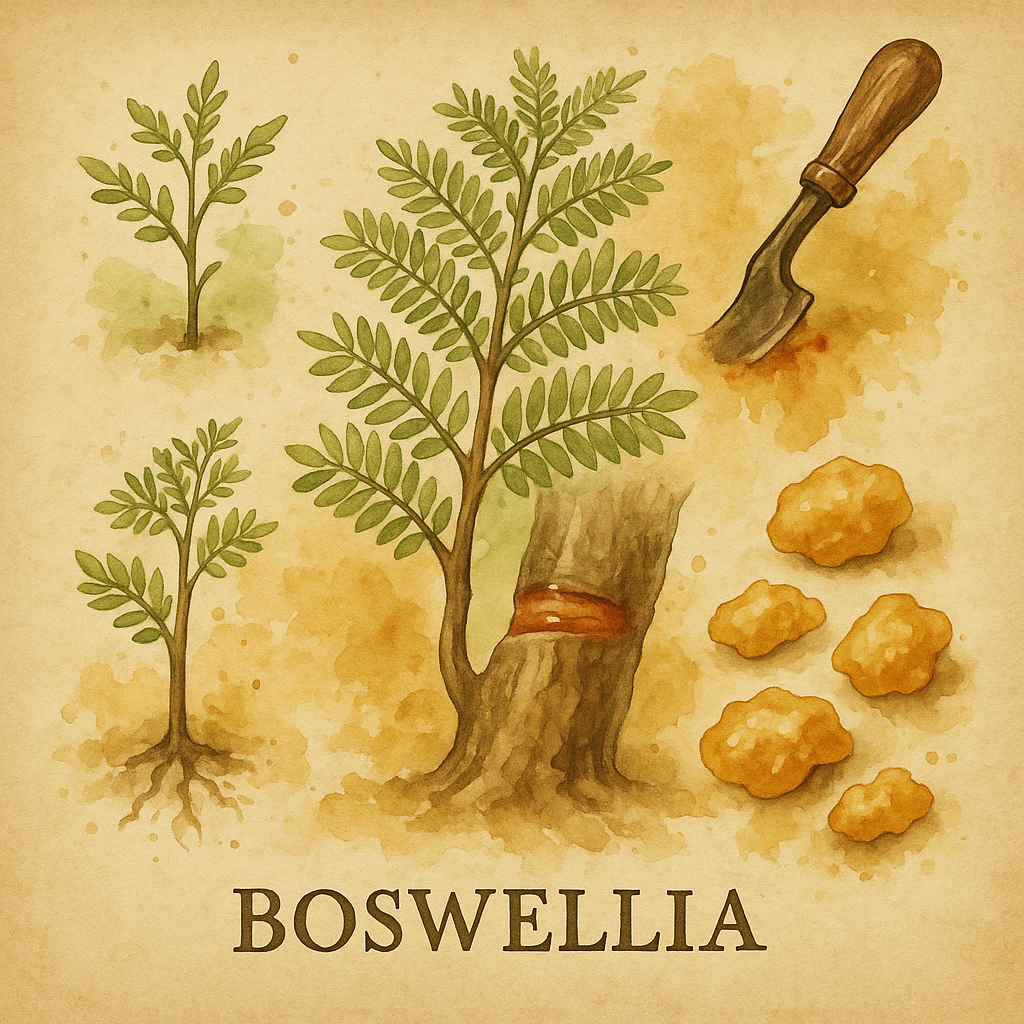
Supports joint health
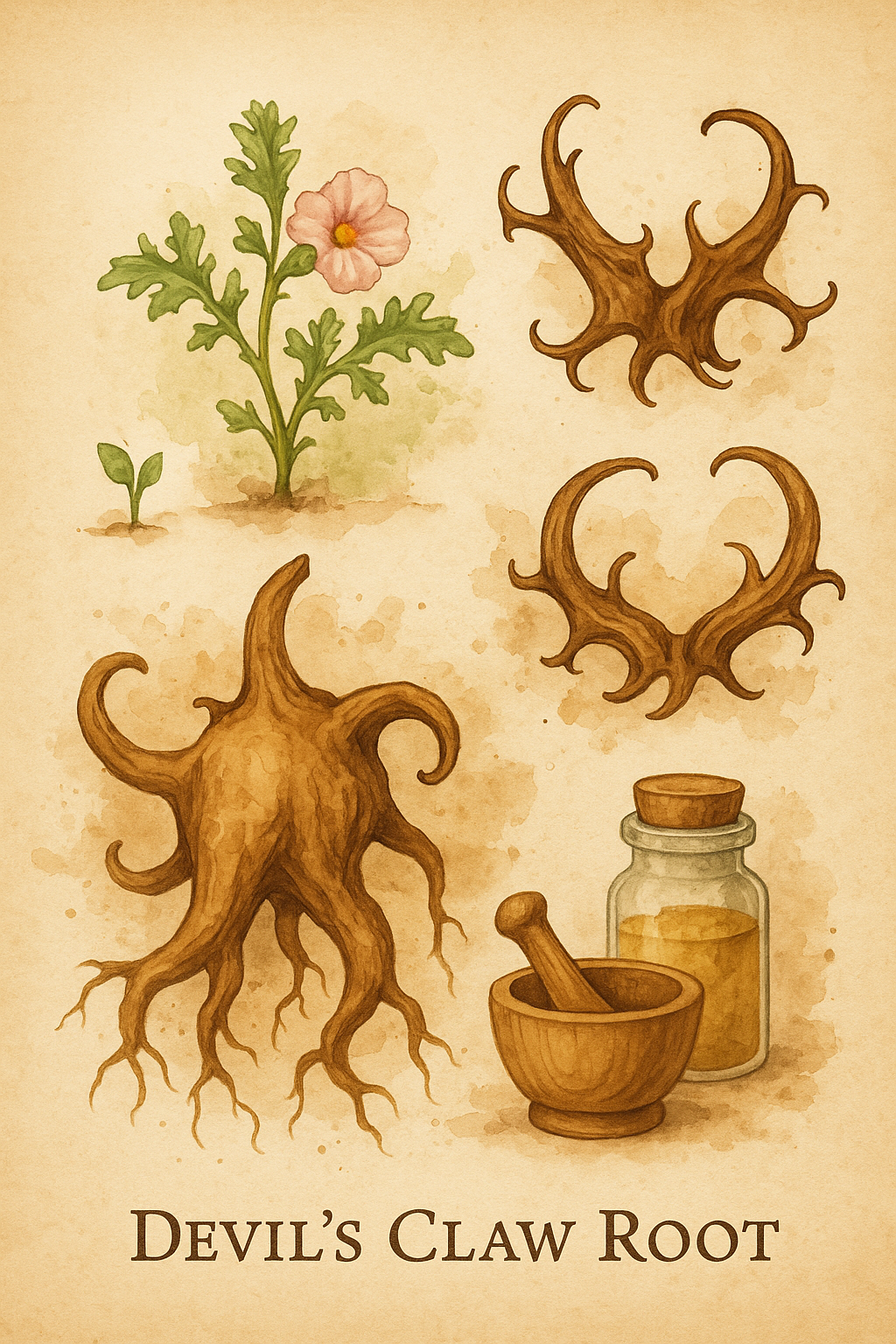
Pain relief
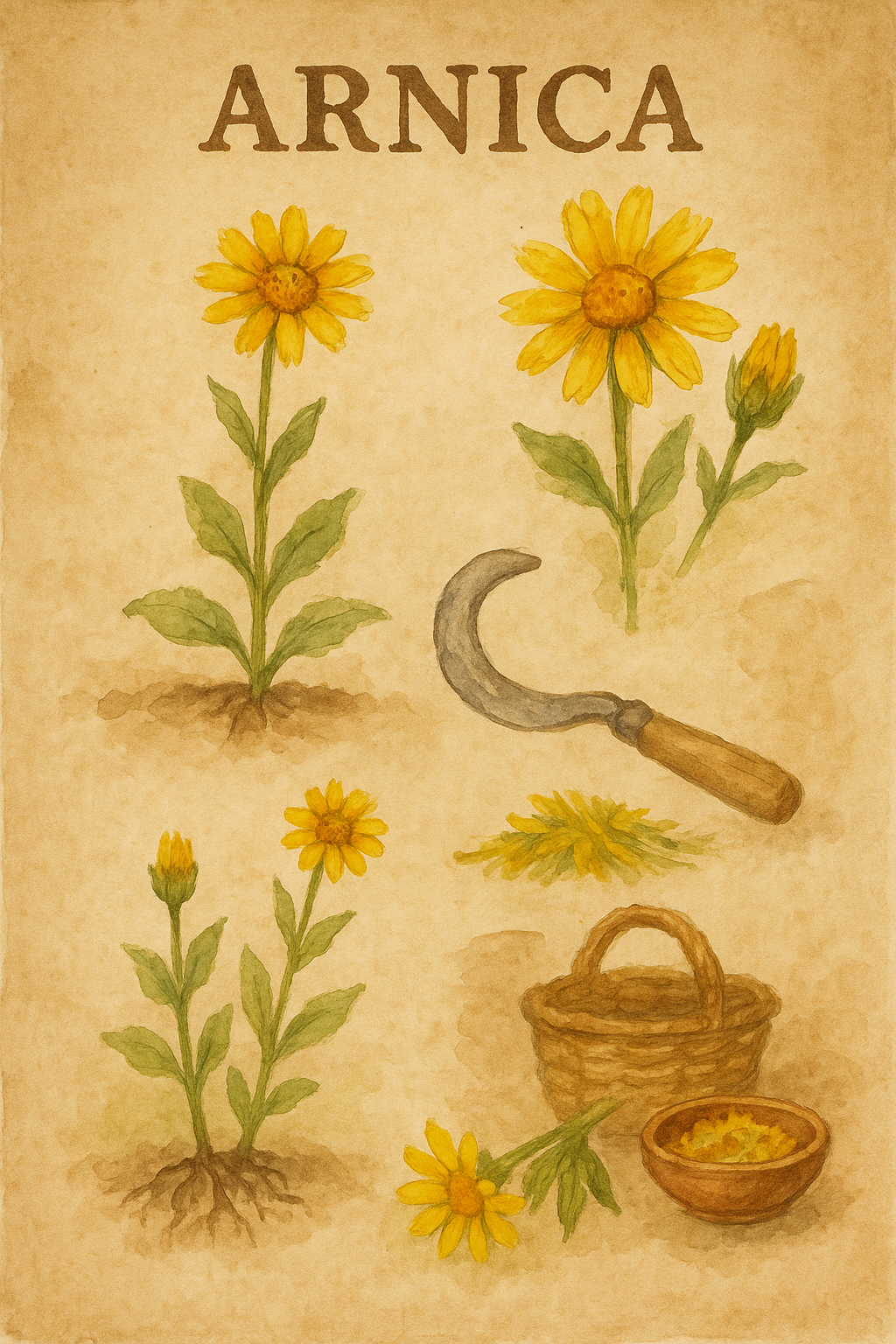
Analgesic
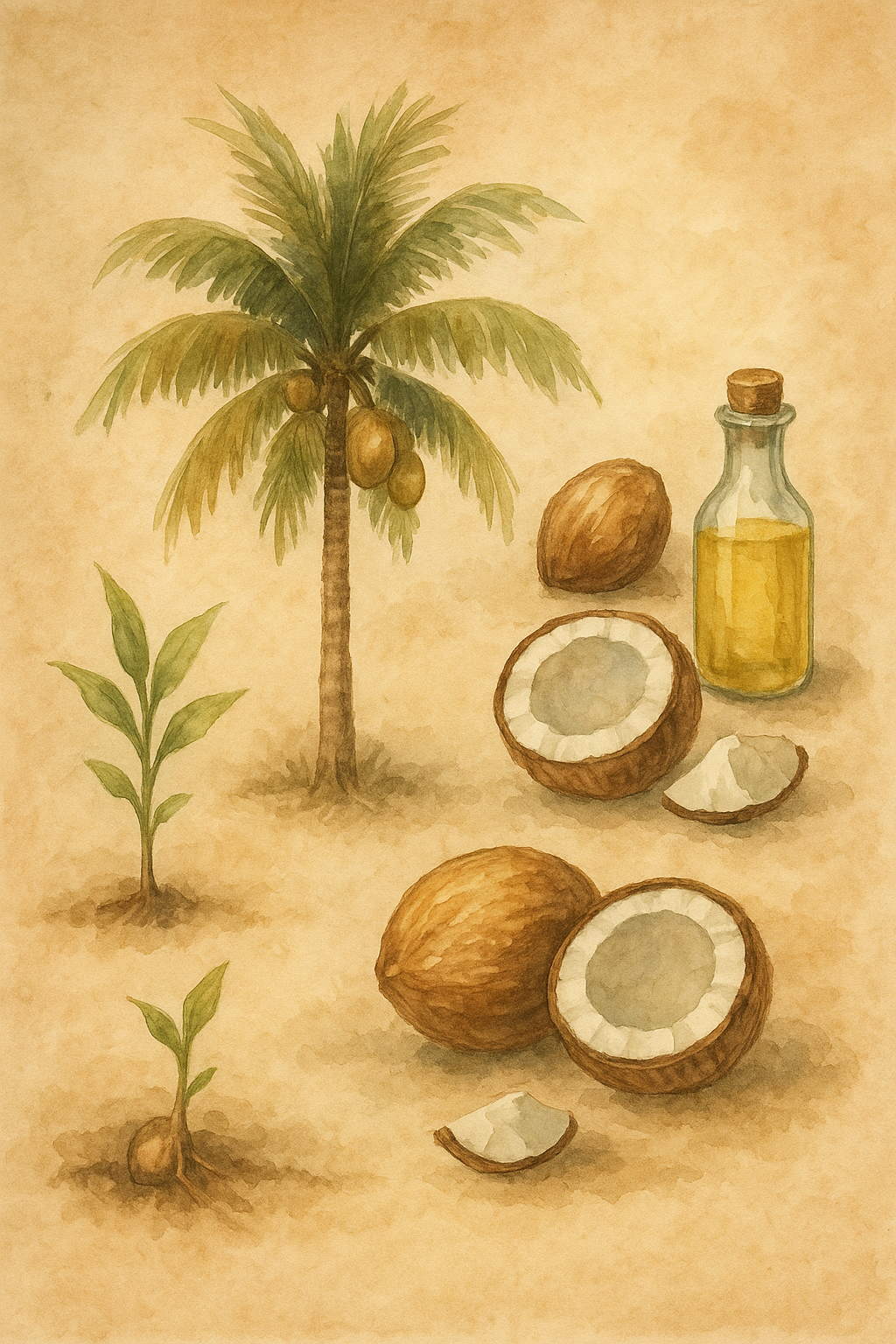
Carrier oil
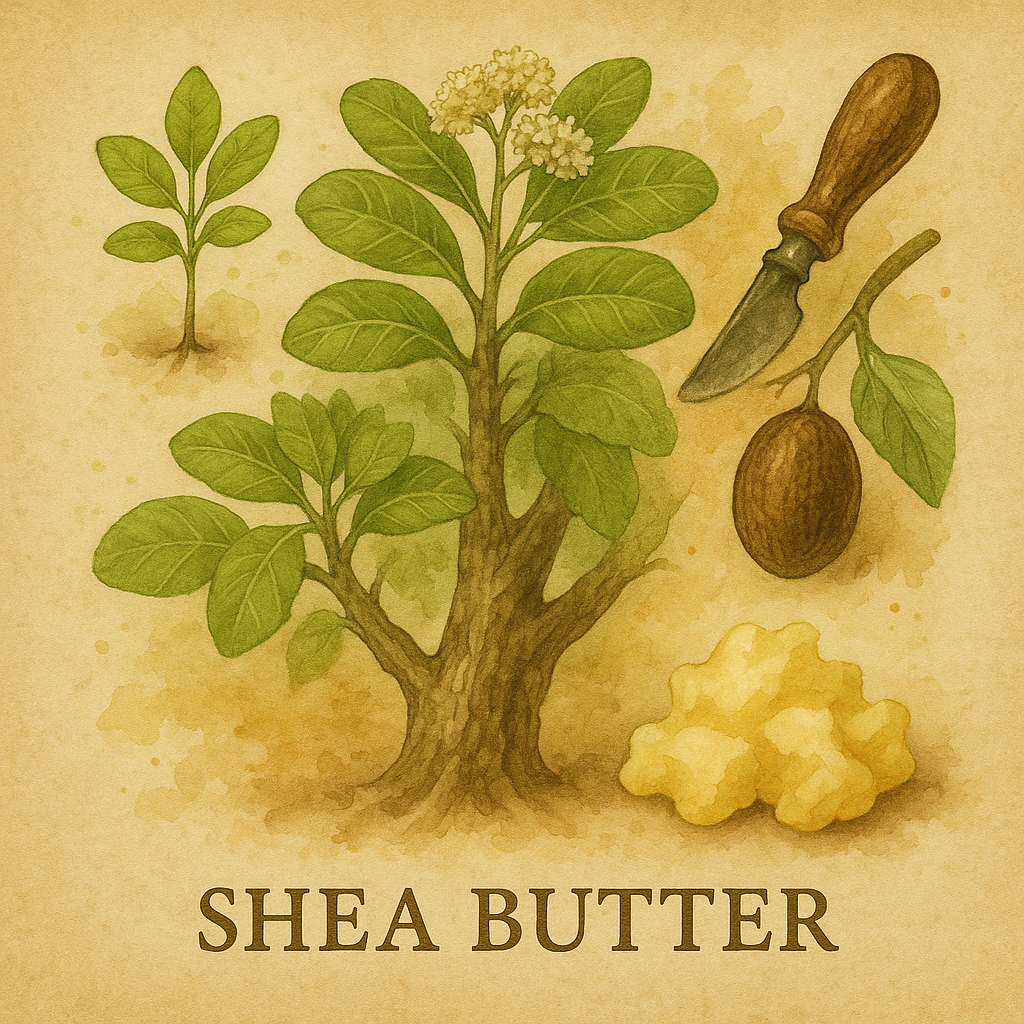
Skin nourishing
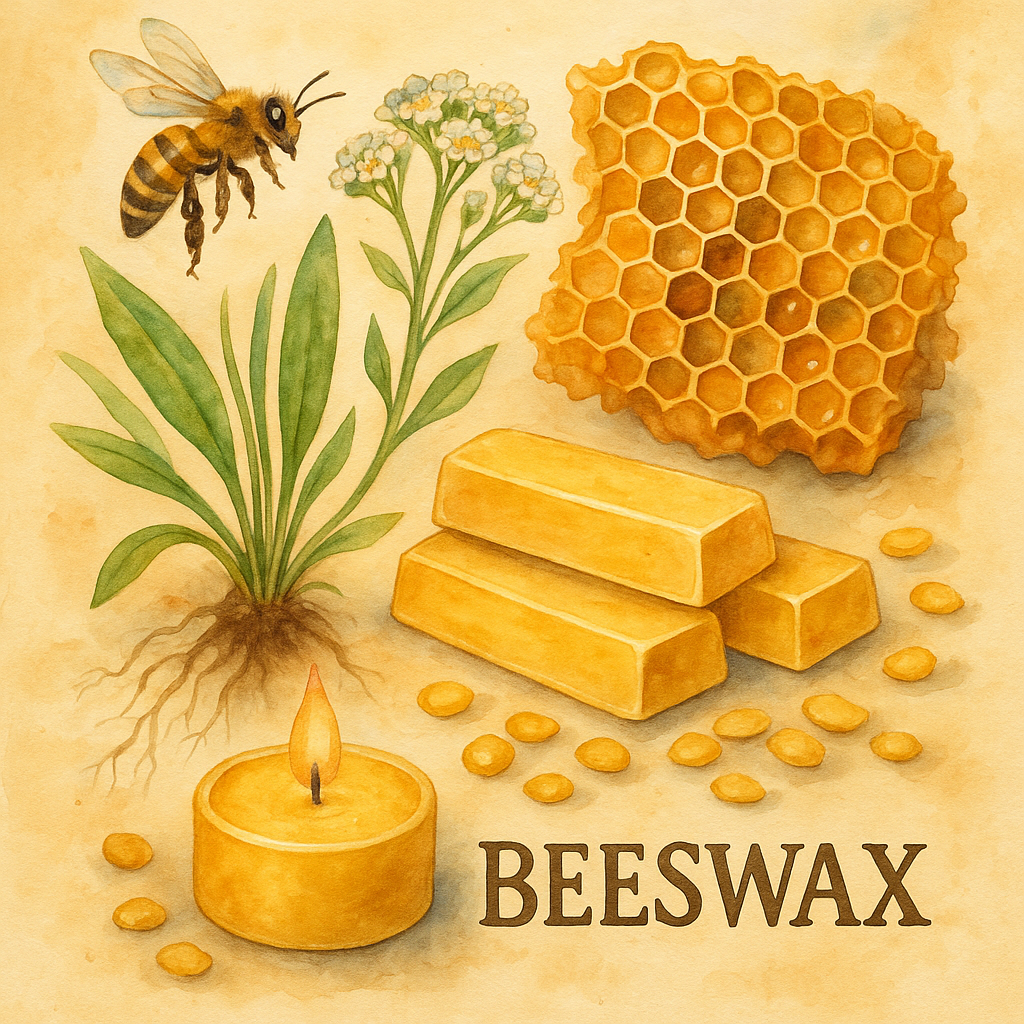
Locks in moisture
Ingredients & Frequency
| Herb | Amount | Frequency |
|---|---|---|
| Coconut Oil | 2 Tbsp | Base, daily use |
| Shea Butter | 2 Tbsp | Base, daily use |
| Beeswax | 1 Tbsp | Base, daily use |
| Turmeric | 1 Tbsp | 2–3 times/week |
| Ginger | 1 Tbsp | Daily |
| Boswellia Resin | 1 Tbsp | 2–3 times/week |
| Devil’s Claw | 1 Tbsp | 2 times/week |
| Arnica Flowers | 1 Tbsp | As needed for pain |
Preparation
In a double boiler, melt coconut oil, shea butter, and beeswax. Once melted, stir in turmeric, ginger, boswellia, devil’s claw, and arnica. Simmer for 45 minutes. Strain out solids, return infused oil to double boiler, stir, then pour into jars to solidify.
Usage
Massage a small amount into inflamed joints 2–3 times daily until absorbed.
Nutritional Value (Topical) & Frequency (MHz) & Binder
| Component | Benefit | Frequency (MHz) | Binder |
|---|---|---|---|
| Curcumin | Anti-inflammatory | 418.3 MHz | No |
| Gingerols | Reduces swelling | 478.5 MHz | No |
| Boswellic acids | Supports cartilage | 382.7 MHz | No |
| Harpagoside | Pain relief | 337.2 MHz | No |
| Helenalin | Analgesic | 430.4 MHz | No |
| Coconut Oil | Carrier oil | N/A | Yes |
| Shea Butter | Skin nourishing | N/A | Yes |
| Beeswax | Locks in moisture | N/A | Yes |
Herb Compatibility
| Herb Pair | Compatibility |
|---|---|
| Turmeric + Ginger | Synergistic anti-inflammatory effects |
| Boswellia + Devil’s Claw | Combined pain relief, improved mobility |
| Arnica + Base Oils | Enhanced absorption, soothing effect |
| Turmeric + Boswellia | Potent joint support with varied pathways |
Toxicity Profile
For external use only. Do not apply to broken skin. Avoid if allergic. Consult a doctor if pregnant or breastfeeding.
When to Use
- During joint flare-ups
- After physical activity
- When experiencing stiffness
Dosage Guidelines
| Weight | Amount |
|---|---|
| <100 lbs | Pea-sized |
| 100–150 lbs | Nickel-sized |
| >150 lbs | Quarter-sized |
Natural Remedies, Herbal Wisdom & Holistic Wellness
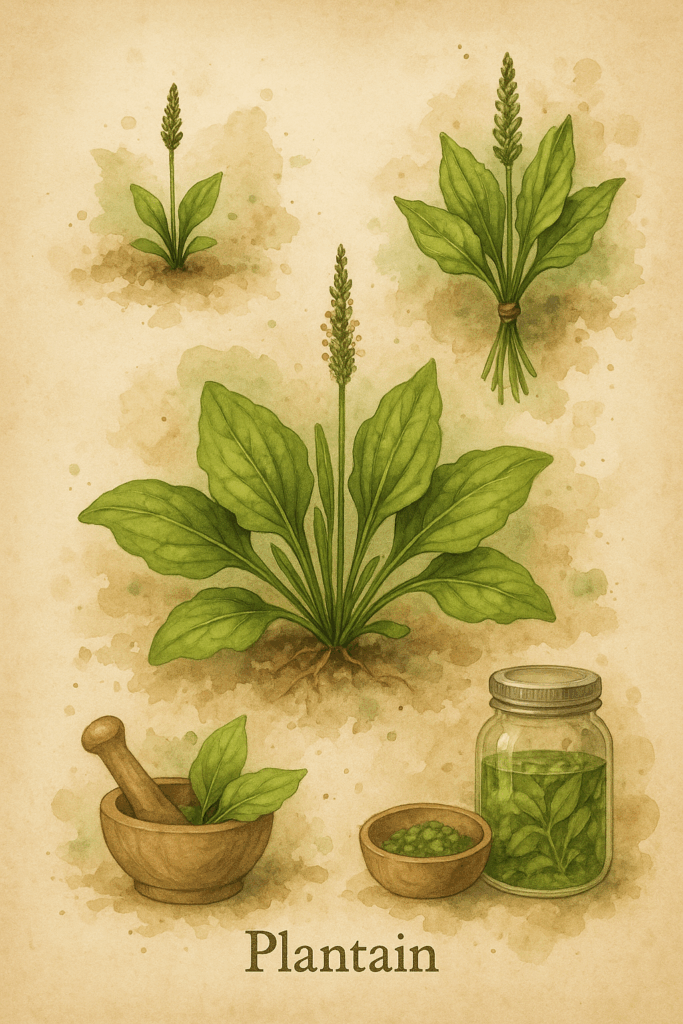
The Hidden Frequencies in Tea – Water as a Living Memory
Modern science is just beginning to confirm what many ancient healing systems have known for centuries: everything vibrates, and every living thing has a frequency. From the human heart to a leaf of mint, the rhythm of life is measurable—electrically, magnetically, and even emotionally.
🧬 The Science of Frequency in Living Organisms
Every cell in your body emits a frequency. So does every plant, every drop of water, every breath of air. These frequencies are not mystical woo—they are measurable vibrational patterns. Studies using spectroscopy and advanced resonance technologies have confirmed that even simple herbs emit specific electromagnetic frequencies, each corresponding to their molecular structures and energetic properties.
This isn’t abstract theory. For example, essential oils have been measured in megahertz (MHz), with rose oil vibrating as high as 320 MHz—far above the average frequency of a healthy human body. What’s often overlooked is that even water, something so simple, is not just a solvent or carrier—it’s a memory keeper.
💧 Water: More Than a Medium — A Recorder of Nature
Water has the remarkable ability to retain energetic imprints. Researchers like Dr. Masaru Emoto demonstrated that the molecular structure of water can be influenced by intention, sound, and environment. Crystals formed from frozen water exposed to loving words or music show distinct, symmetrical patterns, while those exposed to hateful or chaotic stimuli appear fragmented or disordered.
So when you steep herbs into hot water—when you make a tea—you’re not just extracting flavor or nutrients. You are transferring frequency, bonding the energetic fingerprint of that herb into the water itself.
🍵 Making Tea: A Ritual of Memory and Resonance
Brewing a cup of herbal tea is an act of communion. The warmth activates the volatile oils and releases compounds, yes—but it also amplifies frequency signatures, which are carried in the water and consumed by you. That chamomile tea you sip before bed? It doesn’t just relax you chemically. It also soothes you energetically, attuning your nervous system to its calming vibrational pattern.
This is why teas made with intention are so powerful. When you respect the plant, bless the water, and approach the process with care, you’re creating more than a beverage—you’re creating a living memory, ready to merge with your own.
🧠 Why This Matters
As we move forward in an increasingly synthetic world, understanding and reclaiming these natural vibrational tools is vital. Frequency-based medicine is emerging in fields like bioresonance therapy, but herbalists and folk healers have always known: the plants sing. And if you listen, through tea or tincture, your body will remember the song.
